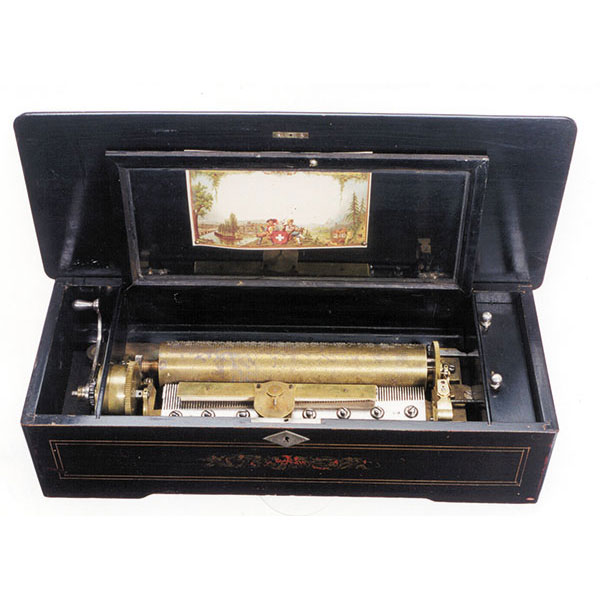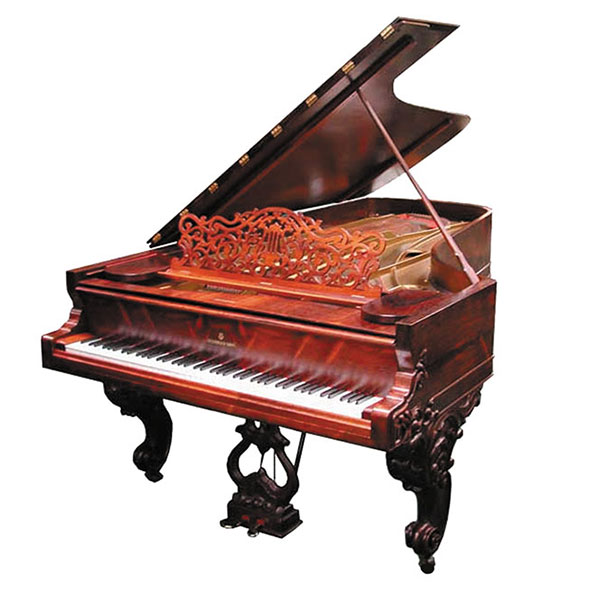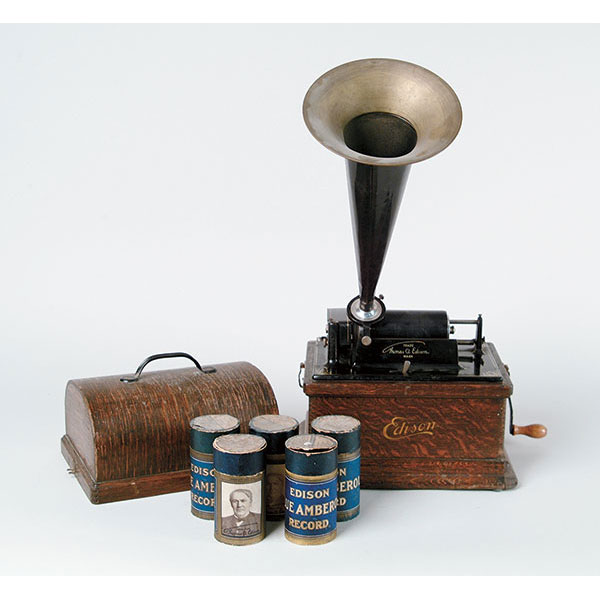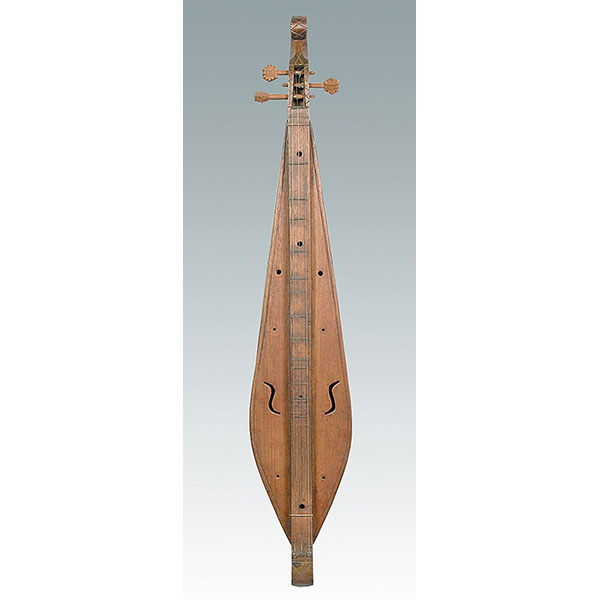Identification Guides
Music Makers
“ My grandfather left me this real Stradivarius violin” is a commonly heard claim, but experts know this is practically impossible. Many farm families living in the northern part of the United States or in southern Canada have carefully guarded the valued Stradivarius violin that has been passed down through the family. Sometime between 1880 and 1930, a peddler sold his treasured violin because of a need for money. Inside the violin was an old label, “Antonius Stradivarius Cremonensis Faciebat Anno 1734.” But the unwelcome appraisal is that, according to the experts, there are no unlisted Stradivarius violins, and there is little if any chance that any unrecorded Stradivarius violins will be found.
The forged Stradivarius violins found in the United States and Canada were made and sold in great numbers during the last part of the nineteenth century. Some copies were made with a label that read “Made in Germany” or some other English or German words. The original Stradivarius label was printed in Latin, with the last two digits of the date written by hand. It said, for example, “Antonius Stradivarius Cremonensis Faciebat Anno 1714.” The forged label says exactly the same thing and is written on aged paper. Many other later violins were labeled as Strads to indicate the model, not the maker. A true Stradivarius violin is an exceptional musical instrument. Any experienced violinist can tell a fine violin from a poor one by inspecting it. If you believe yours is a Strad, take it to a professional violinist to get an expert opinion.
There is a slim chance a violin said to have been stolen during World War II might surface. When a legally owned Stradivarius does come on the market it commands a high price. In 1990 a Stradivarius violin sold in London for $1,760,000.
There are forged labels on copies of instruments by such famous makers as Giovanni Paolo Maggini (1580-1640); Nicolo Amati (1596-1684), the teacher of Stradivarius; Giuseppe Guarnerius (1687-1745); Carlo Bergonzi (1683-1747); and Jacob Stainer (Steiner) (1621-1683). Original violins by these makers are valuable today. So are many other musical instruments of the eighteenth and nineteenth centuries.
Don’t ignore the violin bow. Rare old bows made by well-known makers sell at auction for thousands of dollars.
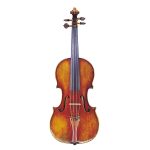
Photo: Geo. Heinl & Co., Toronto
The violins made by Antonius Stradivarius are valued for their exceptional tone and workmanship. This is the Windsor Weinstein Stradivarius violin, now in the collection of the Instrument Bank of the Canada Council for the Arts.
